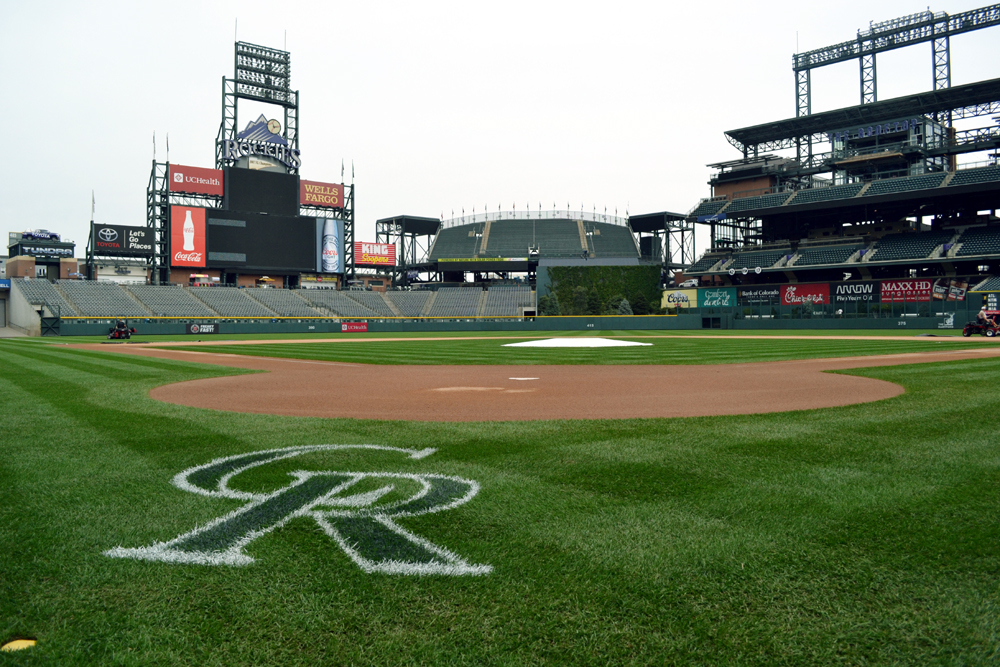There are several reasons that you should think about booking two consecutive days in a city when you’re planning a baseball road trip. The obvious reason is that you get to enjoy a pair of games on back-to-back days, but there’s another good reason that might not initially cross your mind.
Every MLB ballpark has tours available for fans, and spending two days in an MLB city will give you an easy opportunity to book a tour — perhaps early in the day during your second day in town.
Trust me, it’s worth it.
Even if you’re planning to be at a ballpark for games twice in two days, visiting a third time for a guided tour can be an experience that you remember for a long time. Typically, tours are offered at regular intervals throughout the day, last 60 or more minutes in duration and are priced more reasonably than you might expect. I’ve been able to take tours at several different MLB ballparks over the years, and I definitely plan to schedule more of them on my upcoming trips. If you haven’t taken a ballpark tour yet, I strongly recommend trying one and seeing what you think.
Here are some reasons to make plans to include a ballpark tour when you’re planning a road trip.
Access to Prohibited Areas
Without question, my favorite thing about ballpark tours is getting to visit parts of the park that are off limits during games. Every tour that I’ve been on has included several of these stops. You’ll often get to walk on the field and/or sit in the visitors dugout — a pair of things that are just a tiny bit challenging for fans to do during games. There are all sorts of other cool spots that you’ll get to check out, too. Most tours take the group through the tunnels beneath the stadium, into the press box and through a suite. Occasionally, you’ll even get a chance to visit the visitors clubhouse. (Typically, this is only possible on tours that take place between series, as the clubhouse is otherwise filled with players’ gear.) If you’re like me and the idea of exploring ballparks is exciting to you, there’s no better way to gain access to prohibited areas than with a ballpark tour.

Less Competition for Photo Ops
Another thing that makes ballpark tours a lot of fun is getting to visit popular spots throughout the park without large crowds around you. Often, group tours only consist of 25 to 30 people, which means that you’ll have no trouble getting up close to certain displays that may be challenging to see when a park is filled with 40,000 fans. Even though tours tend to move at a steady pace to ensure that they hit all of the attractions during their time frame, I’ve always found that guides are good at pausing around popular spots to give each tour participant a chance to take a photo or selfie. When I was on the Green Monster at Fenway Park, for instance, the guide gave us maybe three or four minutes so that we could take as many pictures as we wanted.

An Opportunity to Gain Serious Knowledge
Without exception, the guides who have led each of the MLB ballpark tours that I’ve taken over the years have been outstanding. Seriously, I’d easily say that all of them did a better job of explaining things in an interesting and entertaining way than most of my high school teachers. While you can read up on each ballpark extensively before your visit, it’s fun to pick up a lot of extra knowledge during your tour. I can guarantee you that you’ll learn at least a few things before the tour wraps up. If you have questions about anything related to the ballpark, a tour is a perfect time to ask them. In most cases, you can expect that your guide will know the answer.

The Fun of Visiting an Empty Park
An unexpected joy that you’ll likely encounter when take a ballpark tour is getting to experience a ballpark in an almost-empty state. While you’ll see stadium employees going through their pregame routines in several parts of the park, the facility will otherwise be empty. Empty concourses, seating sections and cross-aisles can all seem a little surreal — especially because you know that they’ll be packed when you return a few hours later for the game. A ballpark tour is your best opportunity to experience this unique environment.

An Appreciation for the Park’s Cleanliness
One thing that I always encounter when I’m on a ballpark tour is an appreciation for how much hard work goes into making the park look the way it does when you walk through the gates before a game. As fans, it can be easy to take things like this for granted, but being on a tour will open your eyes to the many hours of effort that are required to transform a park between the end of one game and the start of the next. On a tour, you’ll see staff members wiping down seats, pressure washing the floors and stairs of the seating bowl, emptying garbage cans and more. I’ve even seen maintenance people touching up paint in certain areas, scraping gum off the ground and repairing seats.
The next time you’re planning a baseball road trip, consider setting your schedule to allow time for a ballpark tour. On each team’s website, you’ll find detailed information about tours, including their start times.

You must be logged in to post a comment.